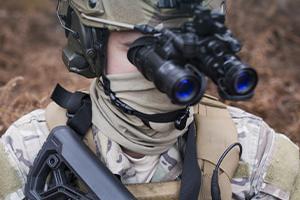Short-Wave Infrared (SWIR) is part of the infrared spectrum covering the wavelength range from 900 nm to 1700 nm. Xenics, part of Exosens, Short Wave Infrared (SWIR) cameras, cores and sensors are designed to detect and capture images in this specific wavelength range. Short Wave Infrared (SWIR) has the unique capability to penetrate through fog, smoke, dust or other atmospheric interference. Xenics Short Wave Infrared (SWIR) cameras are useful for various applications including industrial inspection, machine vision, material sorting, food inspection, R&D, medical, security, process control and transportation.
Short Wave Infrared (SWIR) cameras, cores and sensors mostly use reflected light, similar to the shorter wavelengths of the visible spectrum, and are often complementary to Long Wave Infrared (LWIR) imagers.
Designed for easy integration into a wide range of imaging systems, Xenics Short Wave Infrared (SWIR) cameras offer a compact and lightweight design that's easy to mount and operate.
Need some answers? Ask our experts!
Contact us
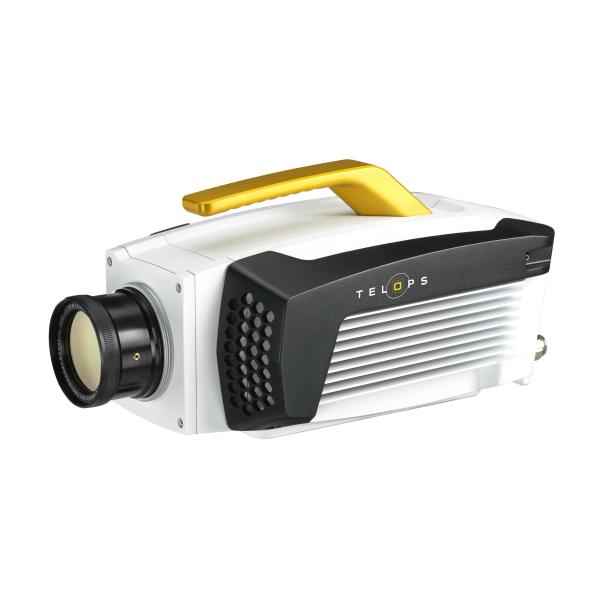

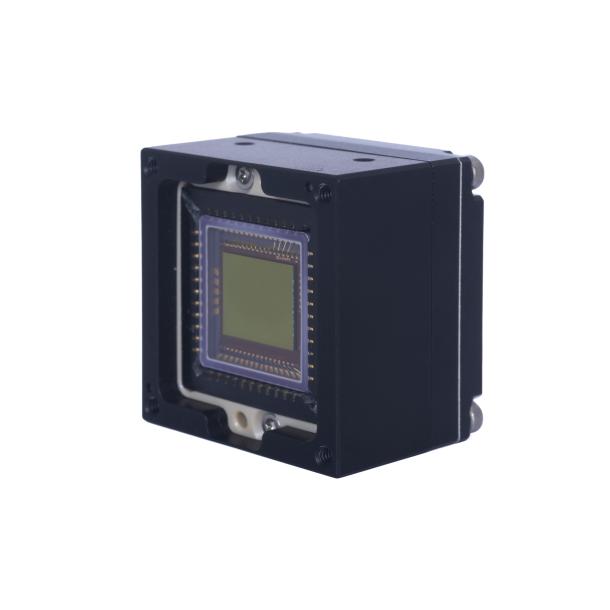

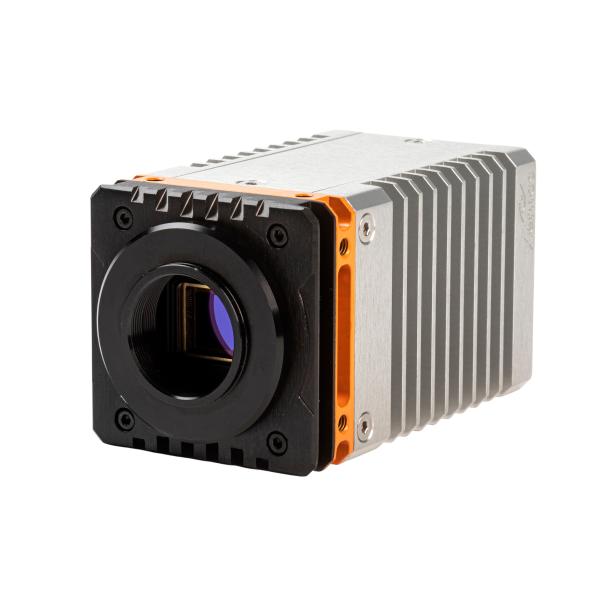

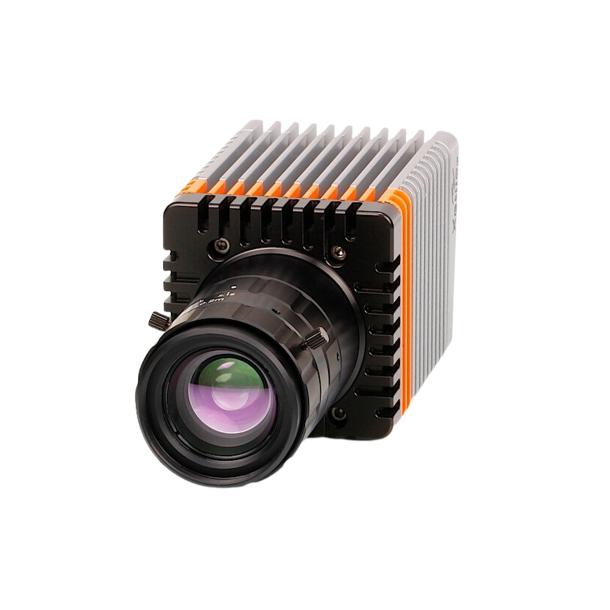

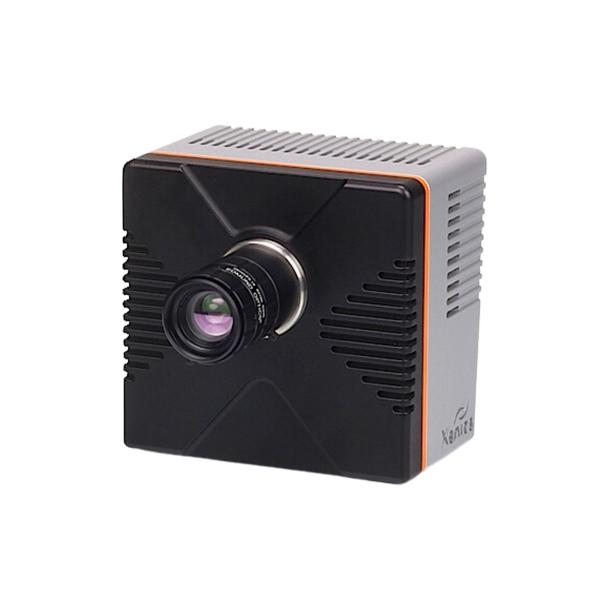

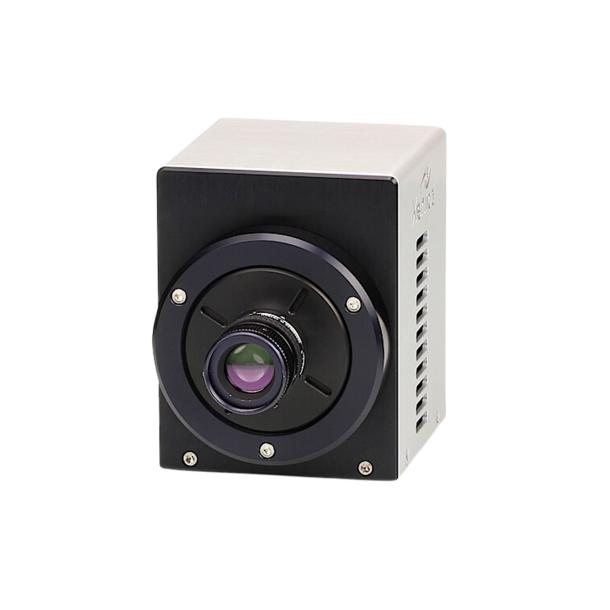

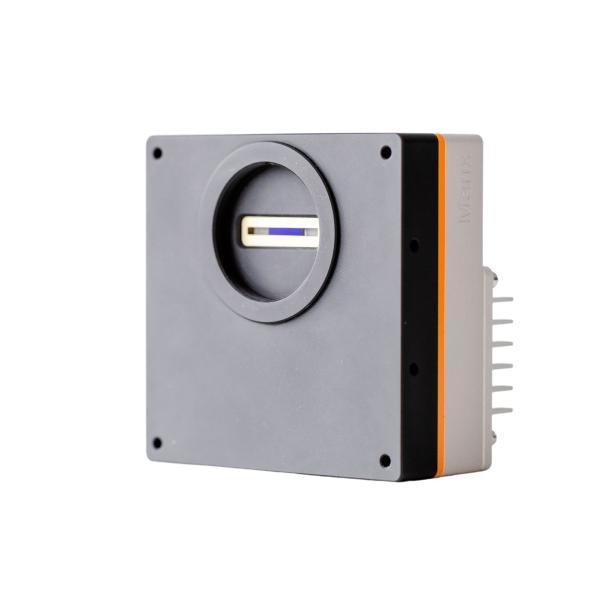

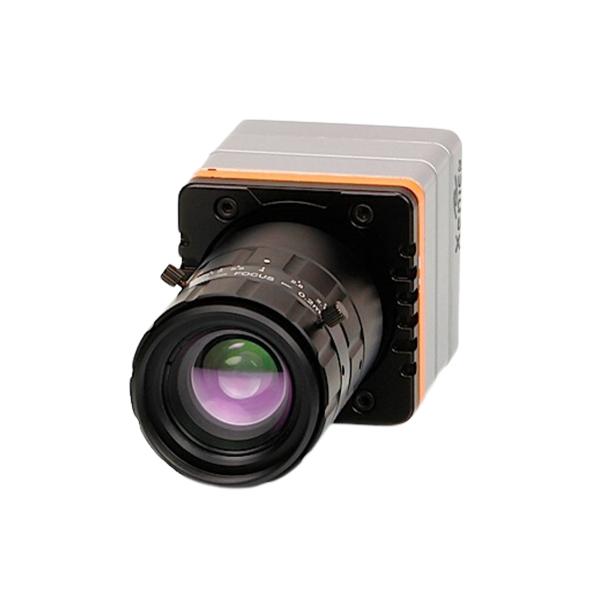

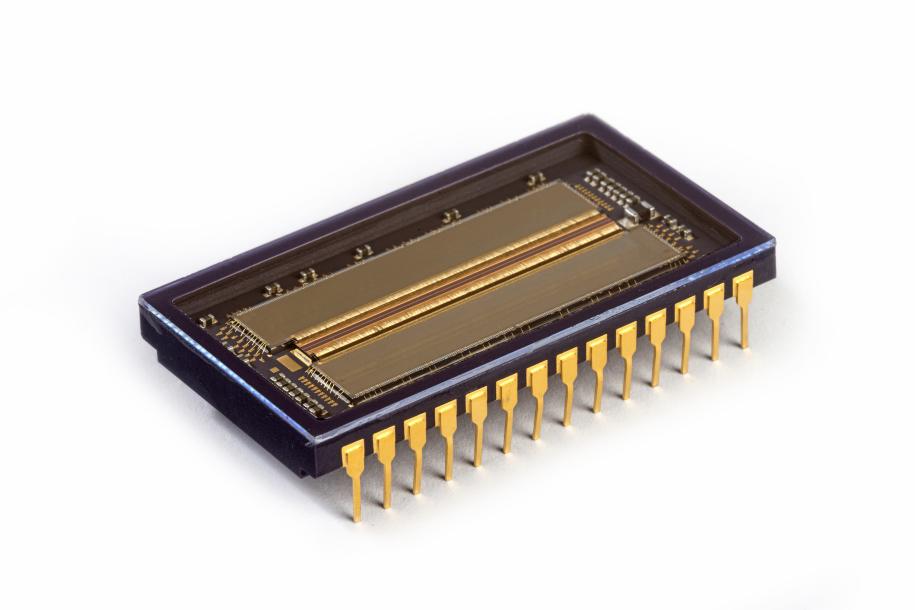

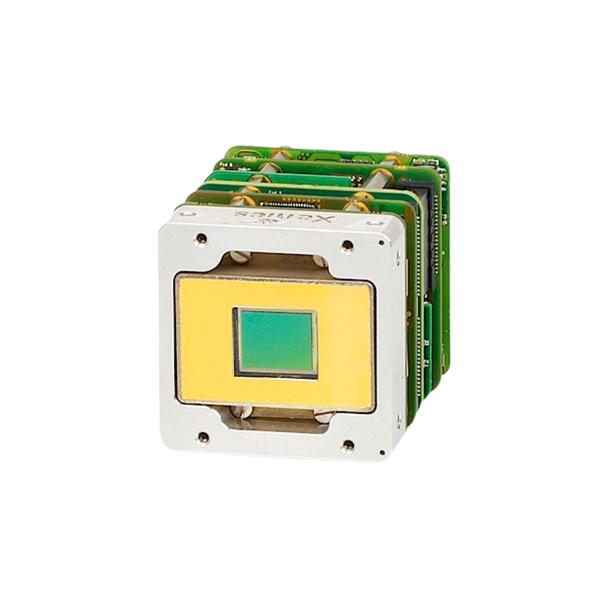

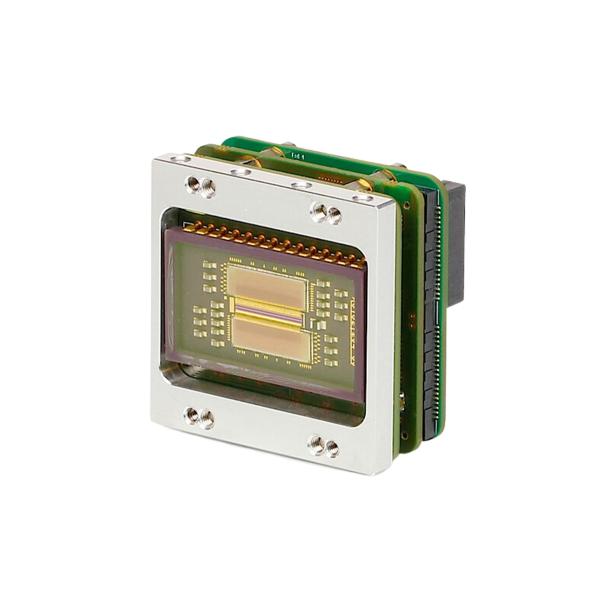
Frequently asked questions
What is a short-wavelength infrared (SWIR) camera?
A SWIR camera operates in the short-wavelength infrared spectrum, typically covering wavelengths from approximately 900 to 1700 nanometers. This specific type of camera is mainly used for imaging beyond the visible spectrum but shorter than the thermal camera.
What are the applications of SWIR cameras?
SWIR cameras can be used in various applications, including industrial inspection, medical imaging, agriculture, surveillance monitoring, and scientific research. Furthermore, SWIR cameras are particularly useful for tasks such as material analysis, moisture detection, and seeing through certain types of fog coming from particles of water for example or smoke.
Can SWIR cameras see through materials that are opaque to visible light?
Definitely! SWIR cameras can see through some materials that are opaque to visible light, such as certain plastics and silicon. This feature makes the SWIR cameras be useful for semiconductor industry for inspecting materials and processes.
Are SWIR cameras sensitive to heat like thermal infrared cameras?
SWIR cameras are not as sensitive to heat as thermal infrared cameras. They primarily capture reflected or emitted light in the short-wavelength infrared range, rather than relying on heat signatures as thermal cameras detect.
Can SWIR cameras detect hidden objects or substances?
SWIR cameras in principle are able to detect hidden objects or substances by revealing differences in material composition that are not visible in the visible spectrum. This feature makes the SWIR cameras valuable in security and inspection applications.
Learn more about Short Wave Infrared camera
Short Wave Infrared (SWIR) cameras, cores, and sensors are pivotal components within the realm of advanced imaging solutions. Operating within the wavelength range from 900 nm to 1700 nm, Short-Wave Infrared (SWIR) technology offers unique advantages in various applications.
SWIR technology, a segment of the electromagnetic spectrum, exhibits exceptional penetration capabilities, making it invaluable in challenging environmental conditions. With the ability to penetrate fog, smoke, dust, and other atmospheric interferences, SWIR cameras excel where visibility is limited. These cameras, exemplified by Xenics, a division of Exosens, specialize in detecting and capturing images within this specific wavelength range.
The versatility of Short Wave Infrared (SWIR) cameras extends across diverse sectors, including industrial inspection, machine vision, material sorting, food inspection, R&D, medical diagnostics, security surveillance, process control, and transportation.
Primarily leveraging reflected light akin to shorter wavelengths of the visible spectrum, SWIR cameras complement Long Wave Infrared (LWIR) imagers. This synergy enhances the spectrum of applications and ensures comprehensive imaging solutions.
Xenics Short Wave Infrared (SWIR) cameras stand out for their seamless integration into a myriad of imaging systems. Their compact, lightweight design facilitates easy mounting and operation, catering to diverse industrial and commercial needs.
Incorporating advanced features such as high resolution and sensitivity, SWIR cameras uphold stringent imaging standards. These cameras boast resolution capabilities essential for intricate inspections and sensitive applications.
Furthermore, SWIR cameras offer heightened sensitivity, enabling the detection of subtle variations and anomalies within samples. This heightened sensitivity is instrumental across industries, particularly in quality control and anomaly detection.
To ensure optimal performance under varying conditions, SWIR cameras often employ cooled lenses and sensors. These components mitigate temperature-induced distortions and maintain imaging fidelity, even in challenging environments.
With a focus on achieving cost-effective solutions, SWIR cameras leverage standard optical setups and small form factors. This approach optimizes resources while delivering superior imaging performance.
The field of advanced imaging solutions continues to evolve, with SWIR cameras at the forefront of innovation. As demands for high-resolution, sensitive imaging persist, SWIR technology remains indispensable in addressing diverse industrial and commercial needs.
SWIR cameras also excel in object-based sensing, thanks to their ability to detect and analyze objects within the field of view (FOV). This capability enhances surveillance and monitoring applications across various platforms.
Moreover, SWIR cameras feature adjustable pitch to accommodate different imaging requirements. This flexibility allows users to optimize their sensing setup for specific objects or conditions, further increasing the effectiveness of SWIR imaging solutions.
What's new in Short Wave Infrared cameras?
See all
Nov 29th 2023
Exosens signs partnership with Scientific Imaging Inc.
Exosens signs partnership with Scientific Imaging Inc. to distribute its wide range of high-performance cameras
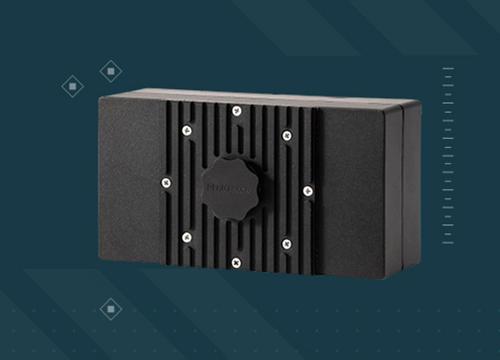
Apr 09th 2024
Exosens Adds Innovative Photon Counting System, LINCam

